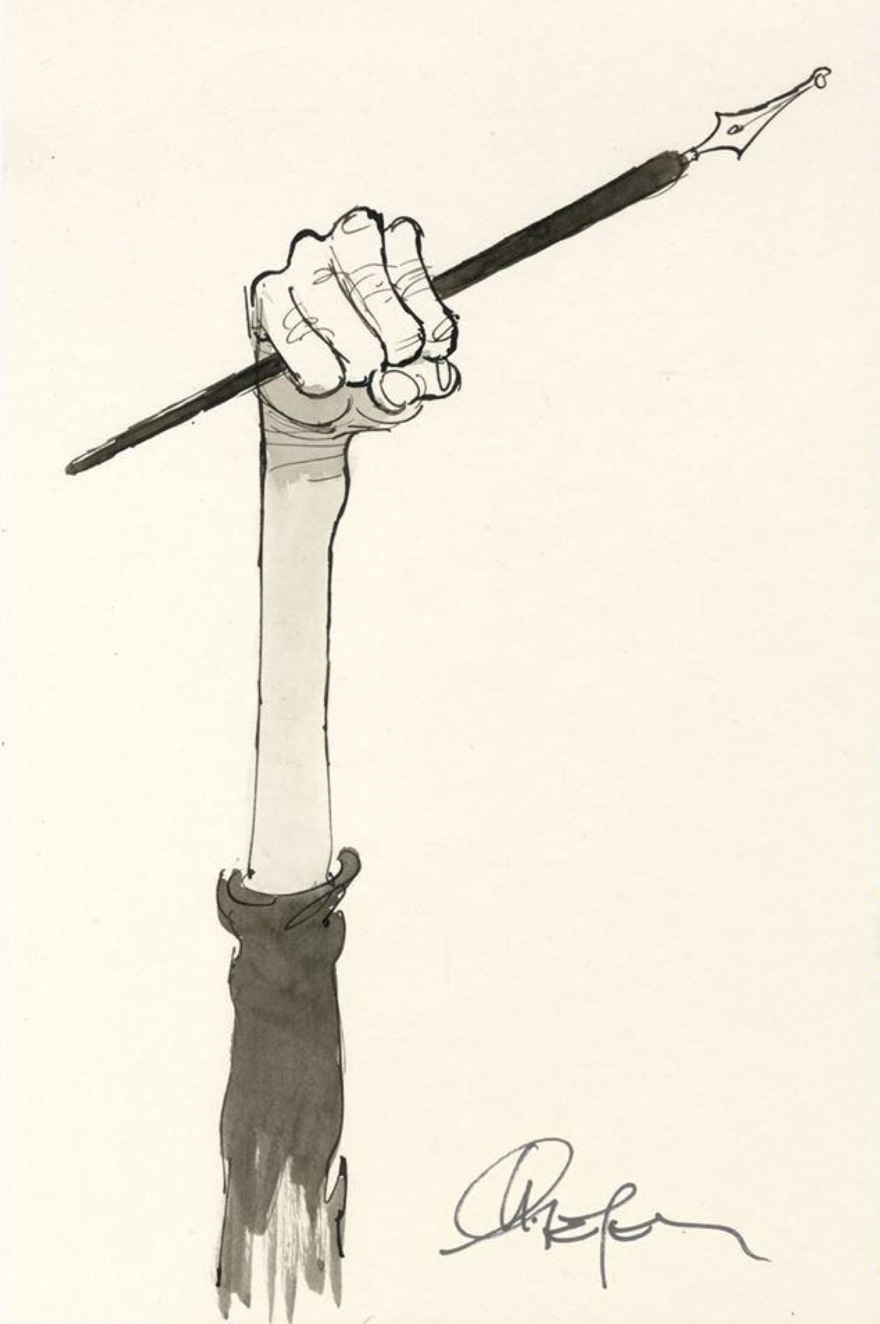Silencing the Court Jesters.
10 years ago cartoonists were murdered for drawing offensive things. Things have not been getting better.

I know, I know. I’m meant to be funny on here— It’s a humorous newsletter and I’m supposed to distract you from the boundless horrors of the world. But if you’ll indulge me for one day, I want to talk about something close to my heart. I promise I’ll return to drawing silly cartoons about New York tomorrow.
~ J
Keep reading with a 7-day free trial
Subscribe to New York Cartoons to keep reading this post and get 7 days of free access to the full post archives.


